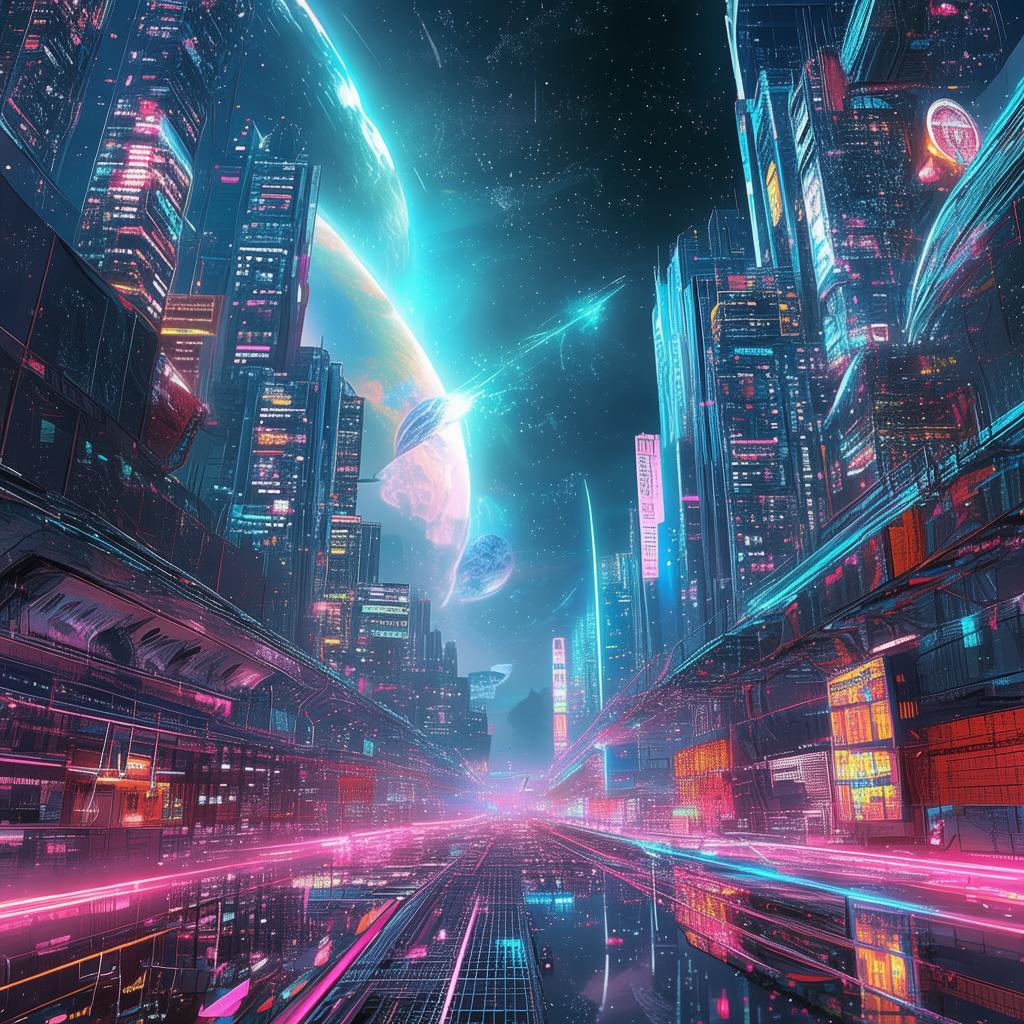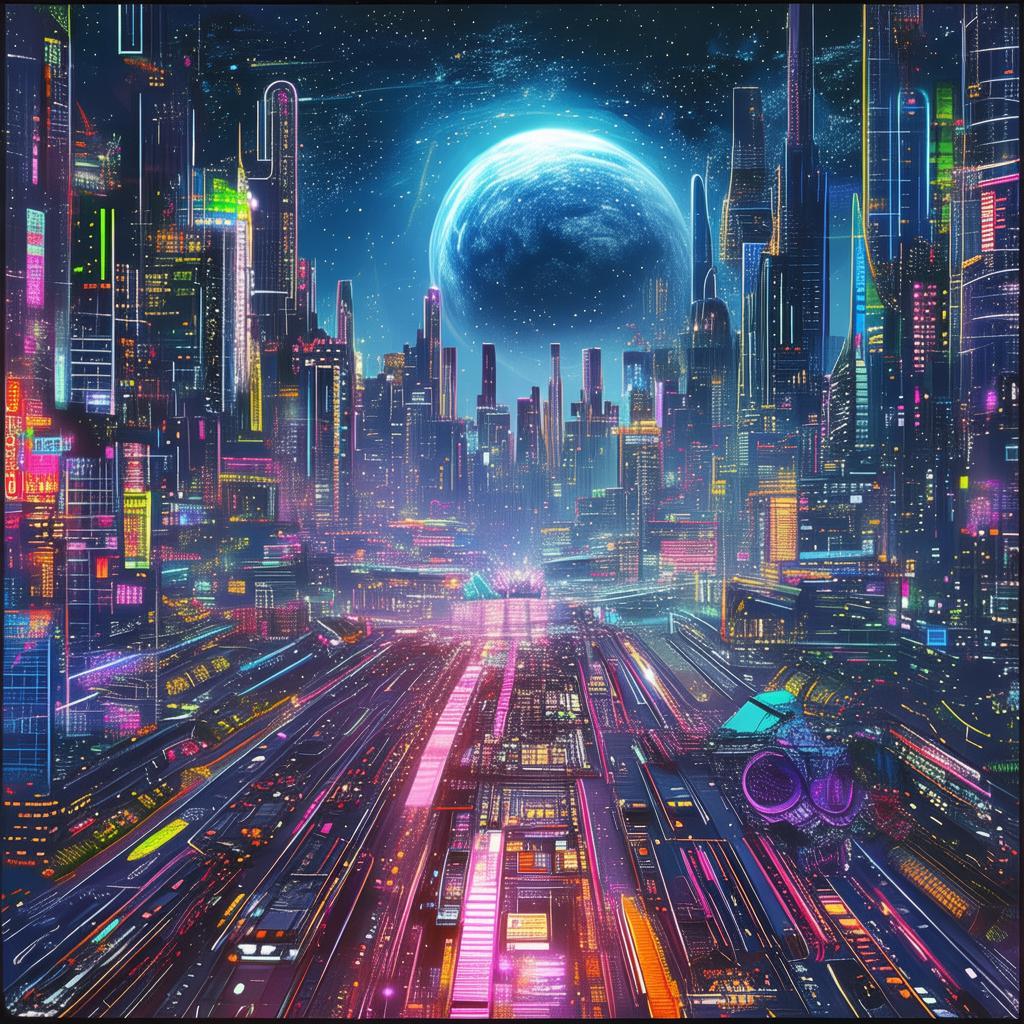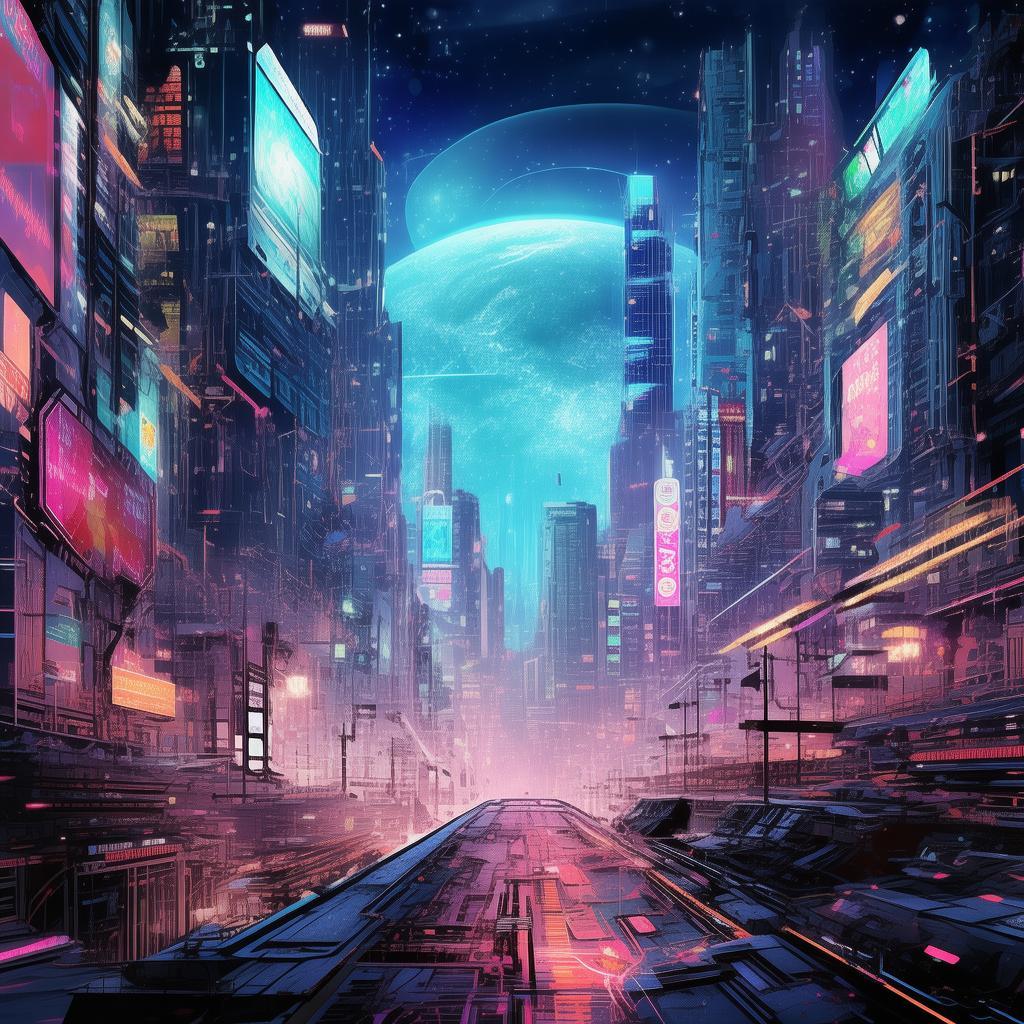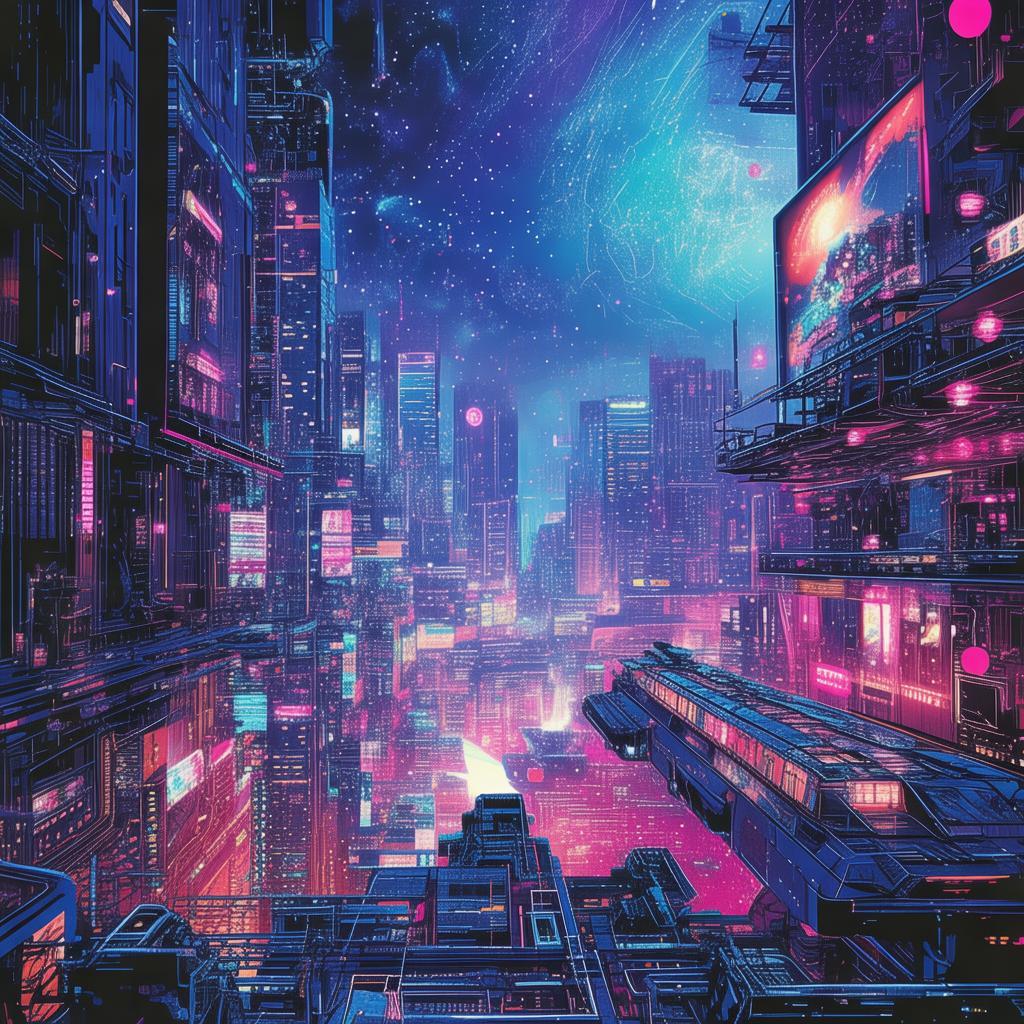The Parallel's Edge: The Dilemma of Dr. Liang's Decision
Dr. Liang had always been a man of logic and precision. His life had been a series of meticulously planned steps, each one leading to a greater understanding of the universe. He worked tirelessly in the isolated confines of his laboratory, surrounded by the hum of his equipment and the glow of his screens.
It was during a routine experiment that the breakthrough occurred. A sudden surge of energy had caused a distortion in the fabric of reality, revealing a parallel world—a mirror image of our own, with minor variations that could have profound implications. Dr. Liang had stumbled upon a gateway to the unknown, a reality teetering on the edge of his grasp.

The first time he stepped through the portal, he found himself in a version of his own world, but everything was different. His house was larger, his job more prestigious, and his family more affluent. But as he explored, he discovered that this reality held a dark secret—a catastrophic event that could have been prevented if he could alter the timeline.
Dr. Liang’s wife, Mei, had been diagnosed with a terminal illness, and their son, Hao, had been born with a genetic mutation that made him vulnerable to a rare form of cancer. The parallel world, however, had an alternative timeline where both Mei and Hao had survived. The event that had taken their lives in this reality had been averted.
The dilemma was clear: Dr. Liang could save his family by traveling to the parallel world, changing the past, and ensuring their survival. But doing so would mean altering the fabric of reality, potentially causing unforeseen and catastrophic consequences. The parallel world was not a perfect replica; it held different paths and choices, each with its own set of risks and rewards.
As he grappled with this decision, Dr. Liang realized that the parallel world held a mirror to his own life. In this alternate reality, he had chosen a different path—dedicating himself to his work rather than his family, resulting in a fulfilling career but a void in his personal life. The parallel world's events were a result of his own choices, a testament to the butterfly effect at work.
The conflict intensified when Dr. Liang met the version of himself in the parallel world. The man was everything Dr. Liang had aspired to be—a successful scientist with a happy family. But the happiness was superficial, built on a foundation of silence and unfulfilled dreams. This realization made Dr. Liang question whether he truly wanted to be like the man he saw, or if he wanted to be true to himself and his values.
As Dr. Liang continued to explore the parallel world, he encountered other versions of himself, each making different choices that had led to different outcomes. Some had achieved success, but at the cost of their personal lives. Others had struggled, but their resilience and love had brought them closer together as a family.
The climax of his journey came when he stood at the edge of a precipice, looking into the future of the parallel world. The choice was clear: he could go back and save his family, but at what cost? He could alter the past and potentially change the future of this parallel world, possibly for the worse.
Dr. Liang chose to return to his own reality. He realized that no amount of success could replace the love and connection he had with his family. He learned that true happiness was not about the choices we make, but the actions we take, the love we share, and the lives we touch.
The ending was not a twist or a revelation, but a reflection. Dr. Liang returned to his own life, a changed man. He dedicated himself to his family, ensuring that their lives were filled with love, laughter, and shared experiences. And though he had not altered the timeline of the parallel world, he had altered his own, choosing love and connection over the pursuit of perfection.
As he looked at his family, Dr. Liang realized that the parallel world had been a reflection of his own choices. It had shown him what he could have been, but more importantly, it had shown him who he truly was. And that, in the end, was the most impactful lesson of all.
✨ Original Statement ✨
All articles published on this website (including but not limited to text, images, videos, and other content) are original or authorized for reposting and are protected by relevant laws. Without the explicit written permission of this website, no individual or organization may copy, modify, repost, or use the content for commercial purposes.
If you need to quote or cooperate, please contact this site for authorization. We reserve the right to pursue legal responsibility for any unauthorized use.
Hereby declared.









